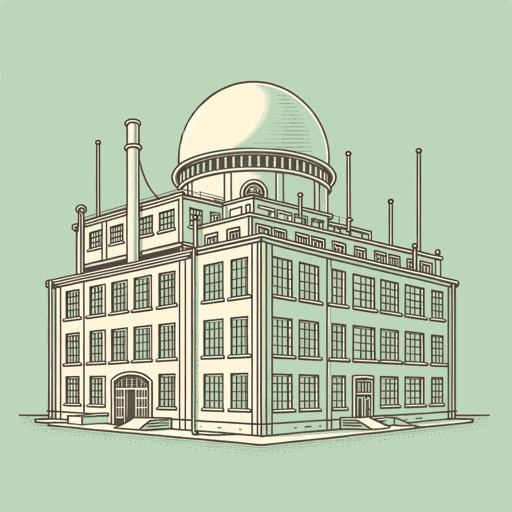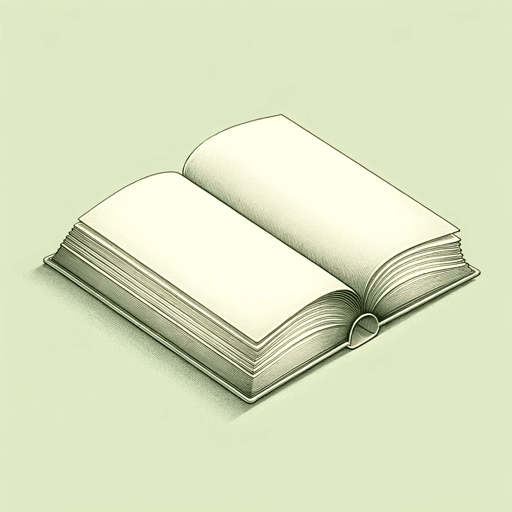60 pages • 2 hours read
Aldous HuxleyBrave New World
Fiction | Novel | Adult | Published in 1932A modern alternative to SparkNotes and CliffsNotes, SuperSummary offers high-quality Study Guides with detailed chapter summaries and analysis of major themes, characters, and more. For select classroom titles, we also provide Teaching Guides with discussion and quiz questions to prompt student engagement.
After Reading
Discussion/Analysis Prompt
Satire has long been used to safely critique contemporary social and political mores by indirectly prompting readers to question value systems using ambiguous devices like allegory, hyperbole, and irony, such as Swift’s “A Modest Proposal” or Orwell’s Animal Farm, both of which might be taken at face value if read out of historical context. In Brave New World, how does this ambiguity complicate reader responses and open the novel to various interpretations?
- Where is Huxley ambivalent in his attitudes toward subject, character, and themes?
- How does the novel’s ambiguity complicate reader responses to dated aspects of the novel, such as endemic racism, sexism, classicism, and ableism?
- What role does context (or lack thereof) play in how readers might interpret Huxley’s themes and messages?
- Where does the novel lean into the grotesque, and where does it become seductive?
- Can you envision a person being taken in by Mond’s philosophizing? What hard truths about human desires does the novel exploit?
- Can you identify and support a clear message related to themes? Does everyone in class identify and support the same message, or do people have differing views?
Teaching Suggestion: Students may benefit from written copies of the questions to refer to while discussing. Students may also benefit from previewing questions ahead of time to prepare in-depth answers and refer more directly to the text.
Related Titles
By Aldous Huxley




